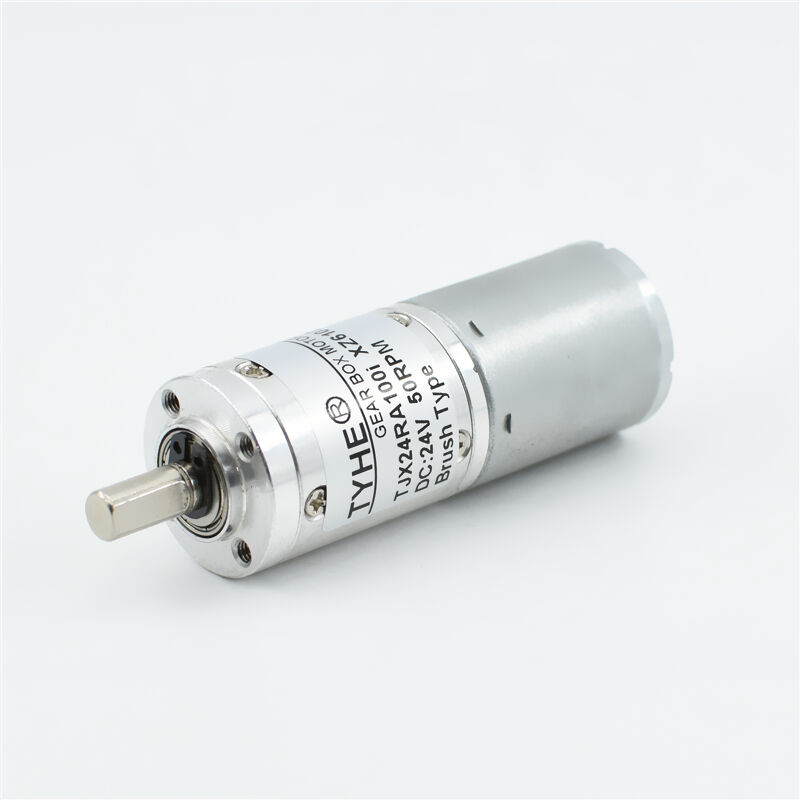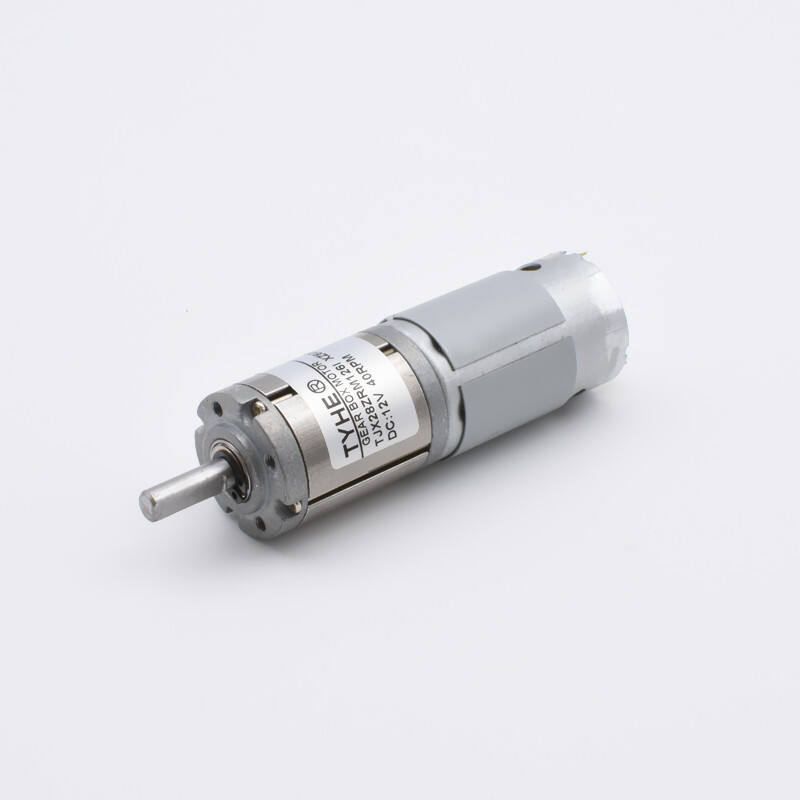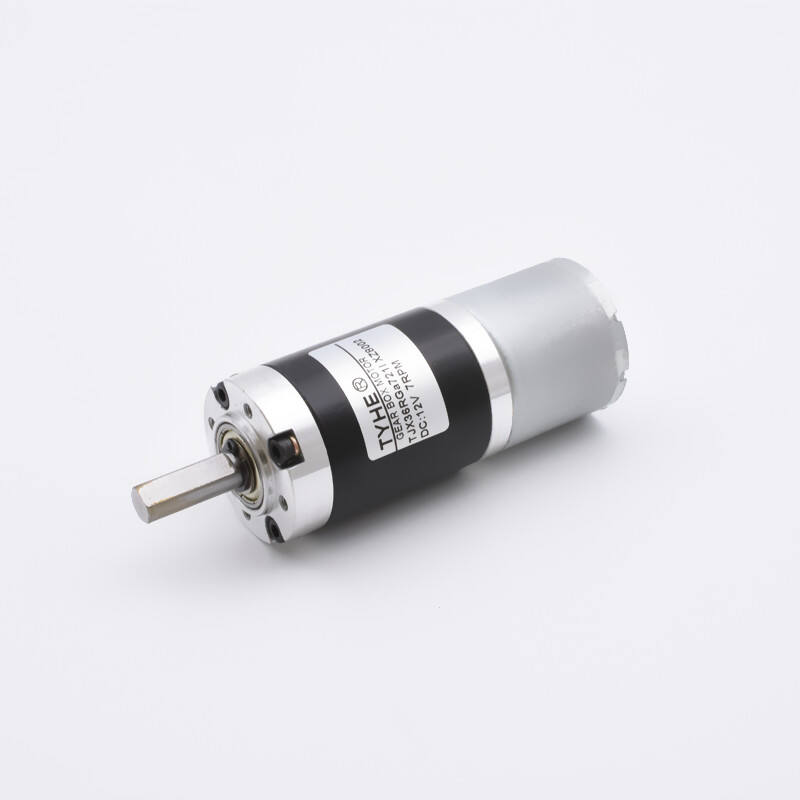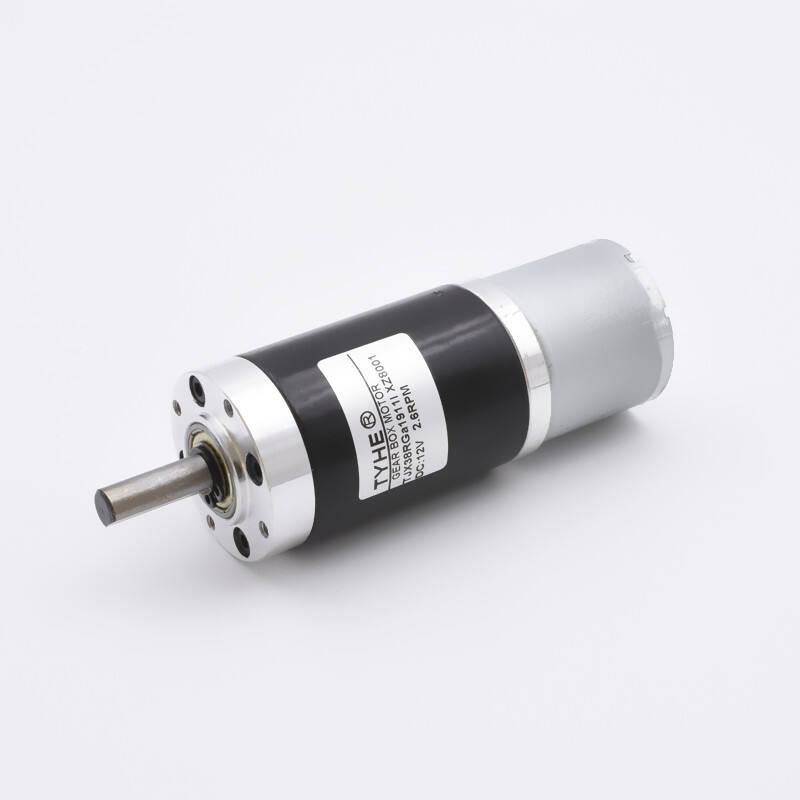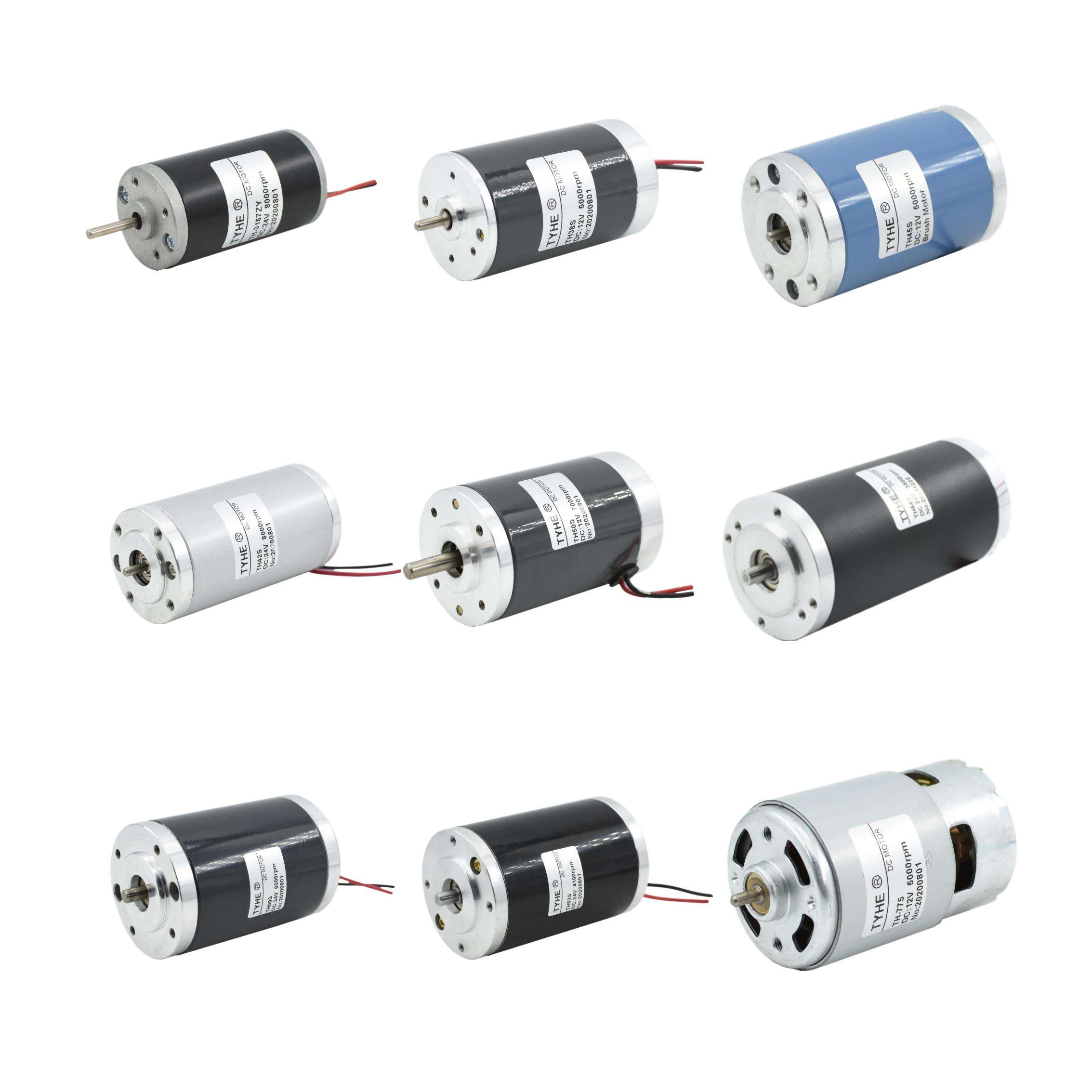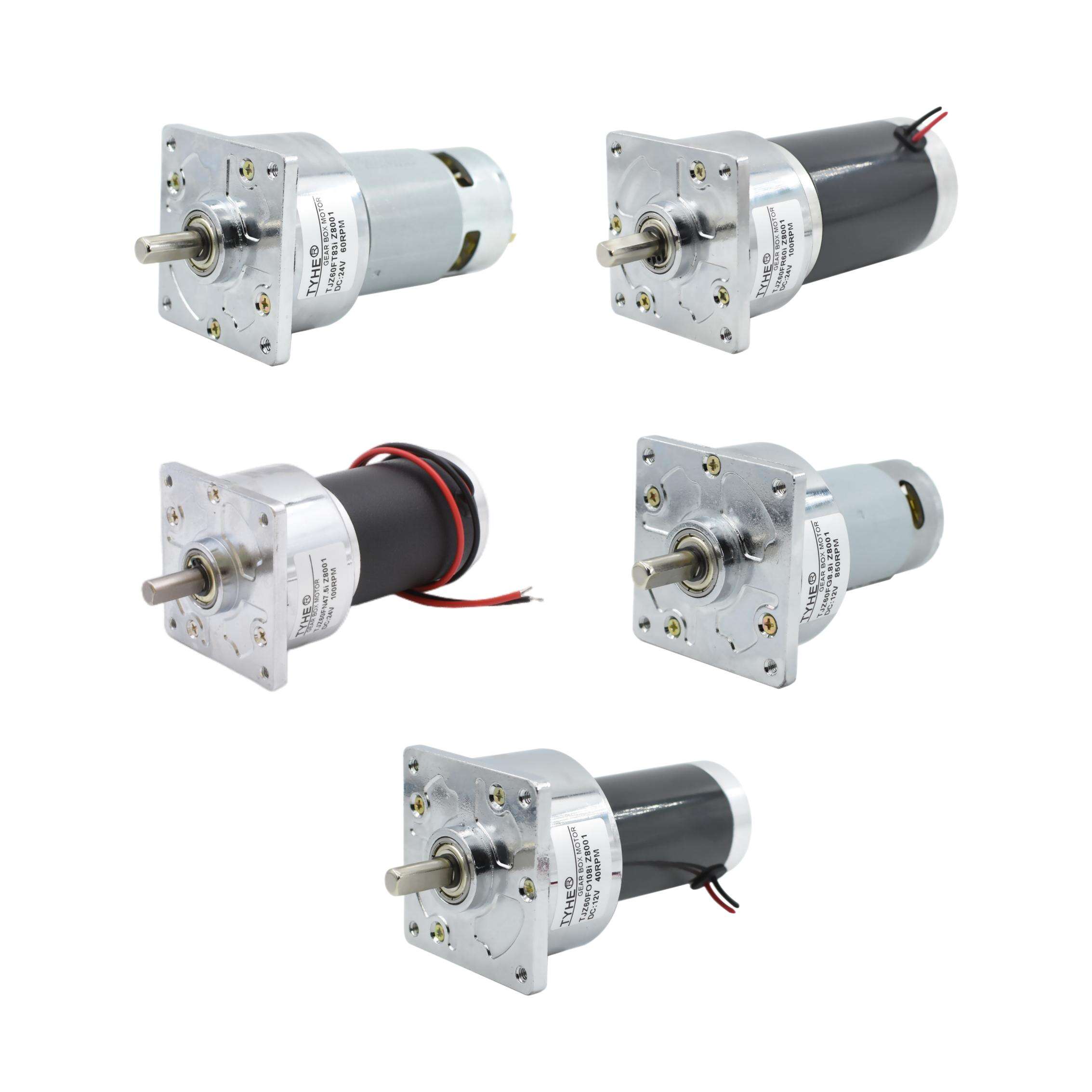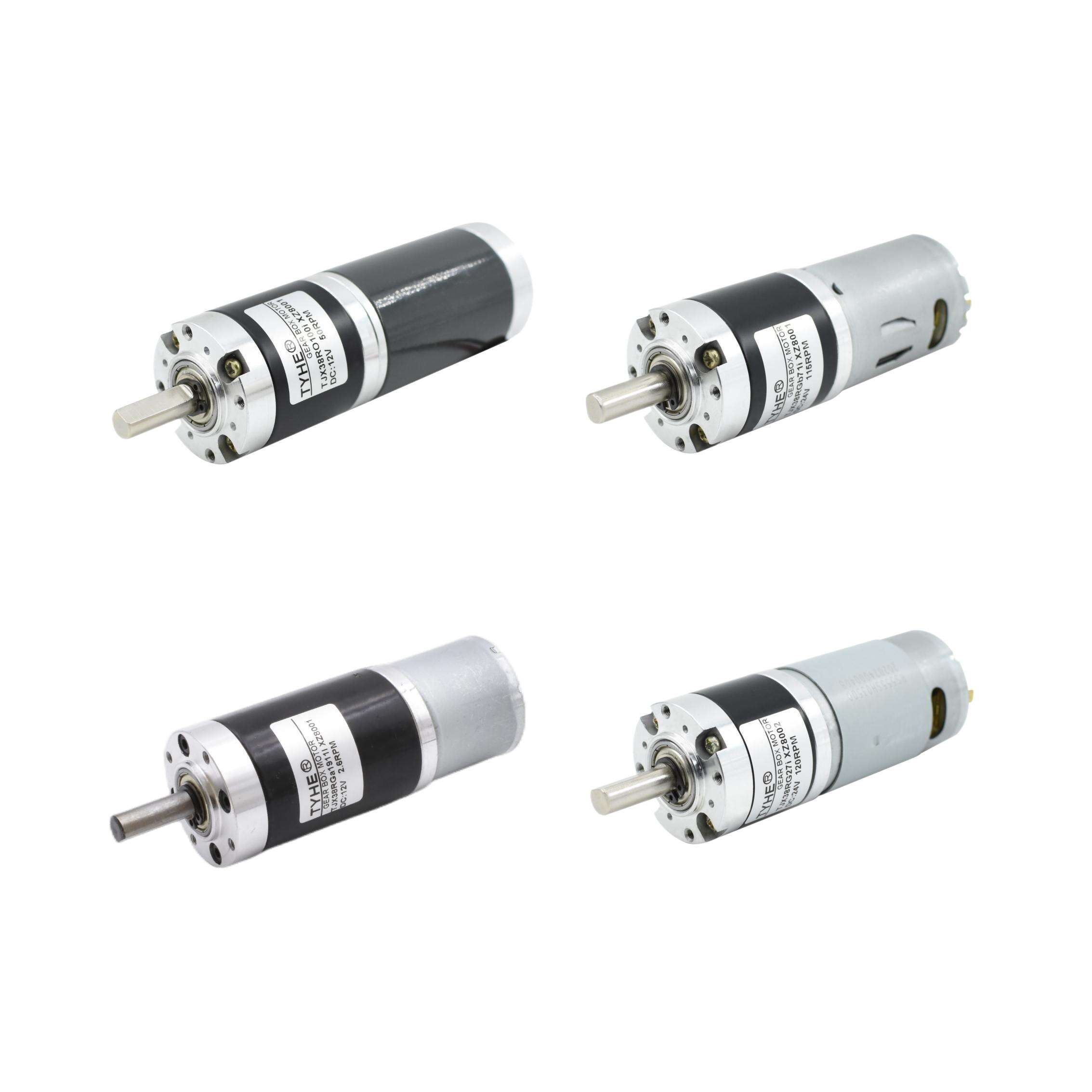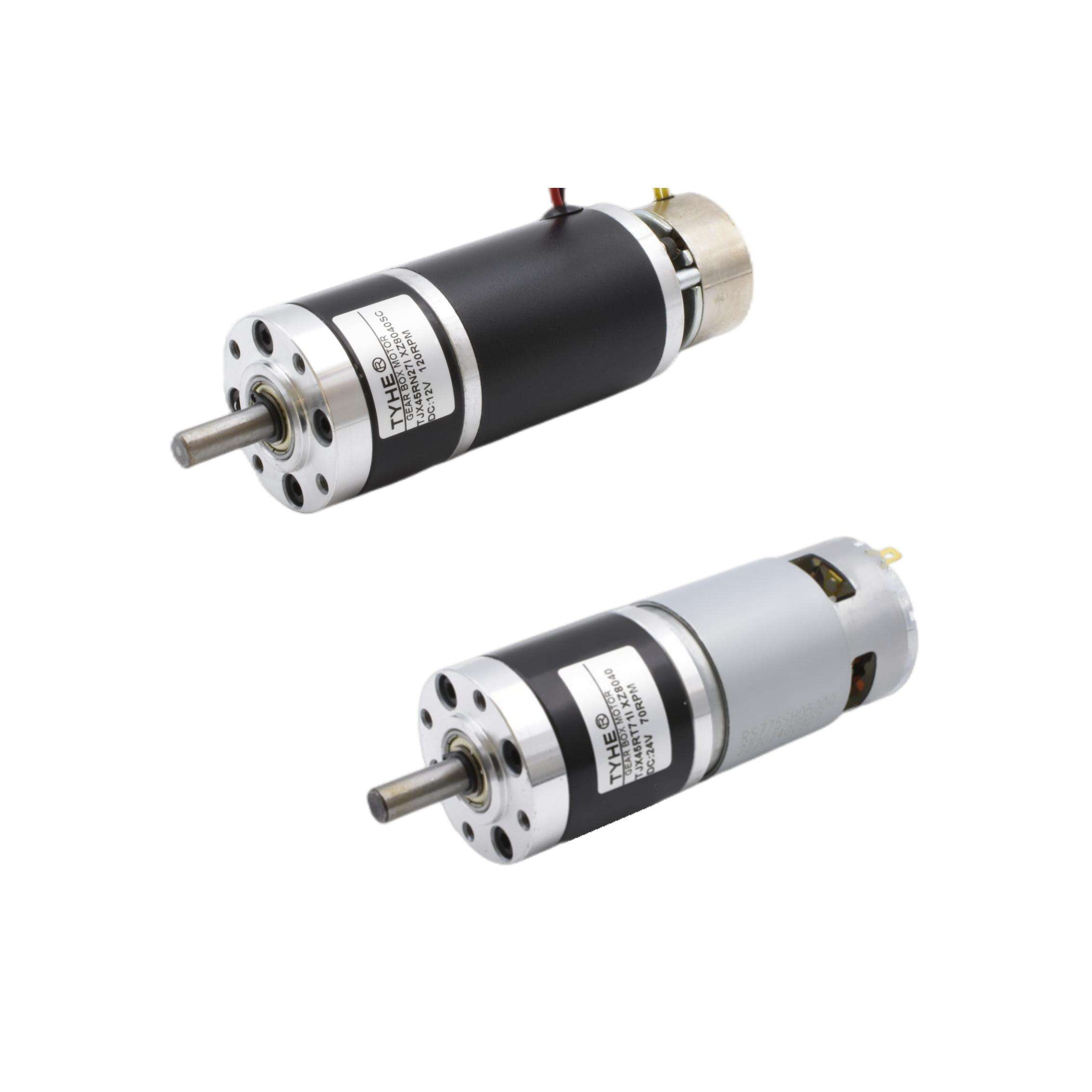Precise Control and Superior Performance Characteristics
The brushless DC motor offers unparalleled precision control capabilities and superior dynamic performance characteristics that enable advanced automation applications and high-precision manufacturing processes. Unlike brushed DC motor systems that rely on mechanical commutation and exhibit inherent speed fluctuations due to brush friction variations, brushless DC motor technology provides exceptionally smooth and accurate speed regulation through sophisticated electronic control systems. Advanced feedback mechanisms continuously monitor rotor position and speed, enabling precise adjustments that maintain exact operational parameters regardless of load variations or environmental changes. This precision control capability proves essential for applications requiring tight tolerances, such as CNC machining, semiconductor manufacturing, and precision assembly operations where positional accuracy directly impacts product quality and manufacturing yields. The brushless DC motor delivers superior torque characteristics across entire speed ranges, providing consistent power output from zero speed through maximum rated velocities without the torque ripple associated with brushed DC motor commutation. Electronic controllers enable programmable acceleration and deceleration profiles, allowing customized motion characteristics tailored to specific application requirements. Rapid response capabilities distinguish brushless DC motor technology, with typical acceleration times measured in milliseconds rather than seconds required by conventional alternatives. This dynamic performance enables high-speed positioning systems, robotic applications, and automated manufacturing processes that demand quick directional changes and precise stopping accuracy. Variable speed control becomes exceptionally smooth and linear through electronic regulation, eliminating the jerky motion characteristics often experienced with brushed DC motor voltage control methods. The brushless DC motor supports advanced control algorithms including proportional-integral-derivative controllers, field-oriented control, and sensorless operation modes that optimize performance for specific applications. Integration capabilities with modern automation systems remain superior, as digital communication protocols enable seamless connectivity with programmable logic controllers, human-machine interfaces, and industrial networks. Real-time performance monitoring becomes standard, providing continuous feedback on operational parameters including speed, torque, temperature, and power consumption for comprehensive system optimization. Closed-loop control systems maintain exceptional accuracy even under varying load conditions, automatically compensating for mechanical variations and ensuring consistent performance throughout operational cycles. The brushless DC motor enables applications previously impossible with conventional motor technologies, including ultra-high-speed spindles, precision positioning stages, and variable-frequency drive systems requiring exact synchronization. These advanced control capabilities support Industry 4.0 initiatives and smart manufacturing concepts where precise motion control integration with digital systems becomes essential for competitive advantage and operational excellence.

